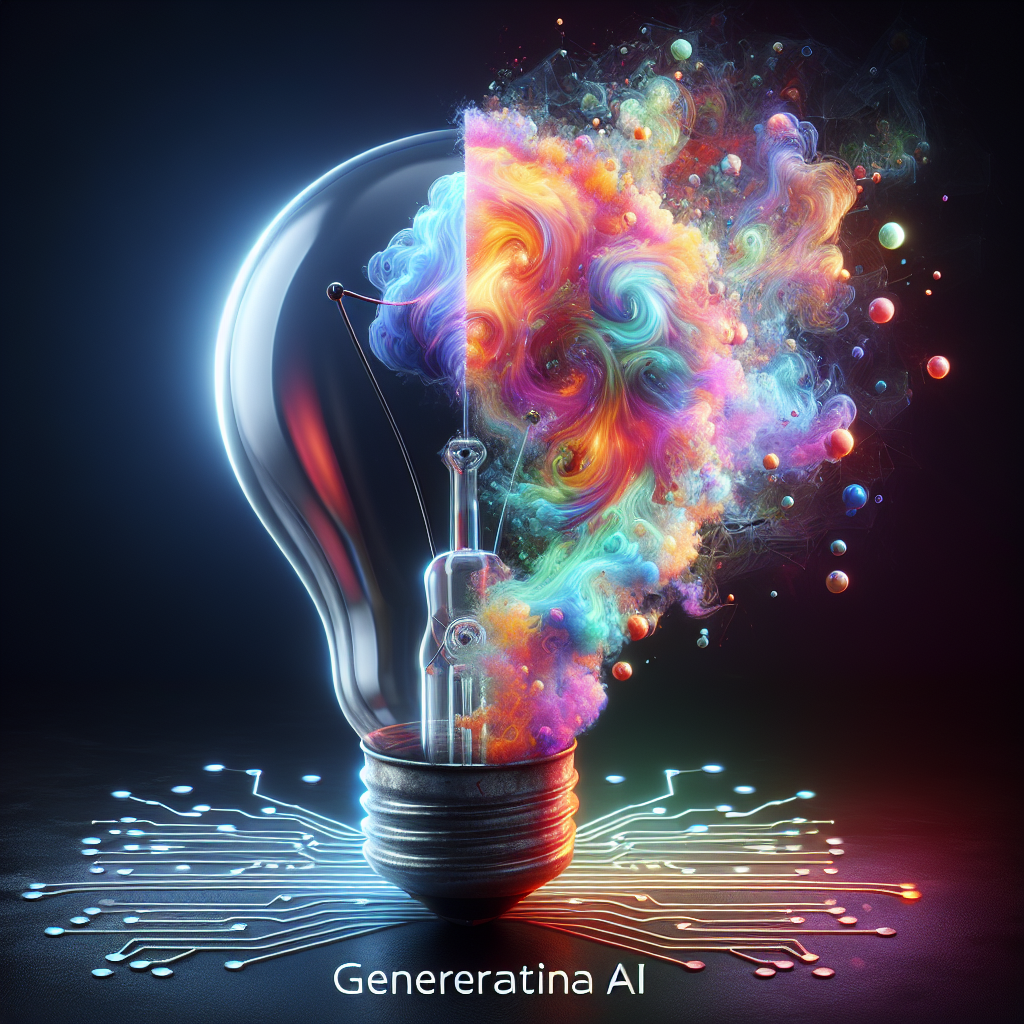As we navigate the digital landscape, the rise of Generative AI has ignited a vigorous debate among artists, technologists, and skeptics. This groundbreaking technology, capable of generating text, images, music, and even video, has the potential to transform the world of content creation. However, it also prompts significant concerns regarding originality, authorship, and the essence of artistic expression.
What is Generative AI?
Generative AI encompasses a category of artificial intelligence that generates new content based on existing data. Utilizing vast datasets and intricate algorithms, these systems discern patterns, styles, and structures found in various media forms. Tools such as OpenAI’s GPT-3, DALL-E, and Google’s Bard illustrate this technology’s potential, enabling users to create text that mimics human writing, stunning visuals, or harmonious music compositions.
The Promise of Generative AI in Content Creation
1. Boosted Creativity and Productivity
Generative AI can act as an inspiration and collaborator for human creators. By offering suggestions, automating routine tasks, or even producing drafts, these tools empower writers, artists, and musicians to concentrate on their essential creative pursuits. For example, authors might use AI to generate ideas or combat writer’s block, whereas graphic designers can optimize their workflows by quickly generating design alternatives.
2. Democratization of Creativity
Generative AI is making creative tools available to a wider audience. Those without formal training in art, writing, or music can leverage AI to realize their ideas. This democratization has the potential to introduce diverse voices and perspectives, enriching the cultural landscape with previously untold stories.
3. Quick Prototyping and Iteration
In fields like advertising and game design, speed is crucial. Generative AI enables fast prototyping, allowing creators to iterate on concepts and designs more swiftly than ever. This agility nurtures a culture of experimentation and innovation, essential in a marketplace that prizes originality and responsiveness.
The Risk to Originality
While the advantages of Generative AI are compelling, critics warn that it poses serious threats to the core of originality and artistic integrity.
1. Blurred Lines of Authorship
As AI-generated content becomes more indistinguishable from human-created works, the distinction between authorship and imitation starts to fade. This raises ethical concerns regarding ownership and rights. If an AI produces a piece of music or artwork, who owns the copyright? The developer, the user, or the AI itself? Such uncertainties challenge our conventional ideas about creative ownership.
2. Cultural Homogenization
Generative AI often generates new content based on existing data. Consequently, there is a risk of cultural homogenization, where unique styles and voices may be eclipsed by dominant trends within the training data. This could dilute diverse narratives and stifle the richness of cultural expression.
3. Devaluation of Human Creativity
If audiences begin to prefer AI-generated content for its speed and efficiency, the inherent value of human creativity may be undermined. The music, literature, and art created by humans embody emotion, experience, and intent that AI cannot replicate. Overdependence on generative tools might lead to a society that undervalues human-crafted works, prioritizing convenience over depth.
Balancing Innovation and Integrity
The future of Generative AI in content creation relies on striking a balance between innovation and safeguarding originality. Stakeholders in the creative sector—including consumers, technologists, and policymakers—must engage in ongoing discussions to address the ethical and practical consequences of this technology.
1. Establishing Ethical Guidelines
Formulating guidelines for the use of Generative AI is essential. Establishing frameworks around authorship, copyright, and ethical utilization can help navigate potential disputes and ensure fair treatment for creators.
2. Promoting Human-AI Collaboration
Rather than perceiving AI as a competitor, fostering collaborative relationships between humans and machines can produce innovative results. By viewing Generative AI as a tool to enrich rather than replace creativity, artists can retain their unique voices while benefiting from AI’s efficiencies.
3. Enhancing Digital Literacy
As the landscape evolves, educating creators and consumers about the capabilities and limitations of Generative AI will be vital. An informed public can make intentional choices about the content they consume and support authentic creators.
Conclusion
Generative AI stands at a pivotal moment, ready to reshape the future of content creation while challenging our understanding of originality and creativity. Embracing this technology holds promise for innovation and accessibility but also necessitates a careful approach to ensure that human artistry remains respected and preserved. As we traverse this complex terrain, the challenge will be to balance the allure of generative capabilities with a commitment to the richness of human creativity and the diverse voices that define our cultural landscape.

